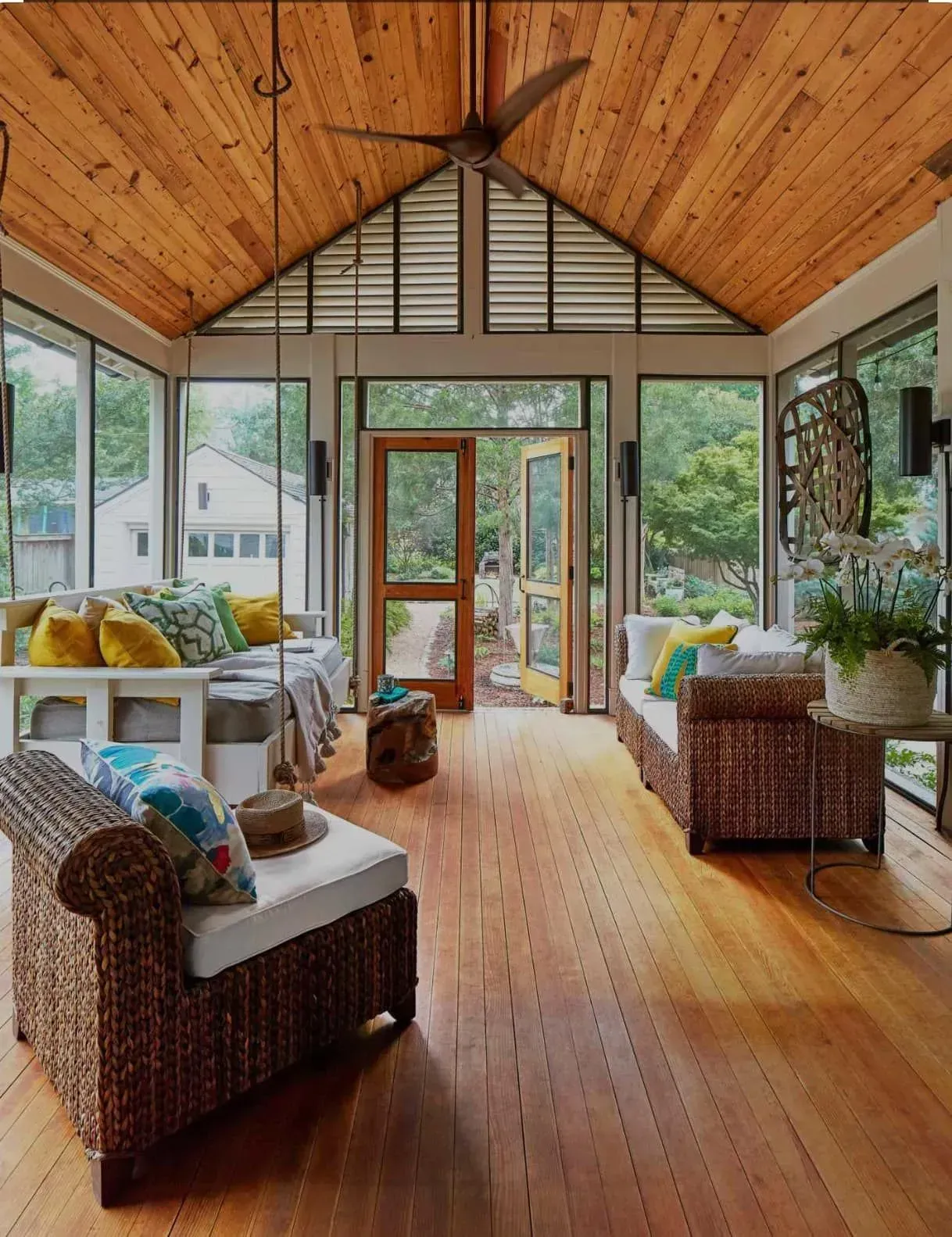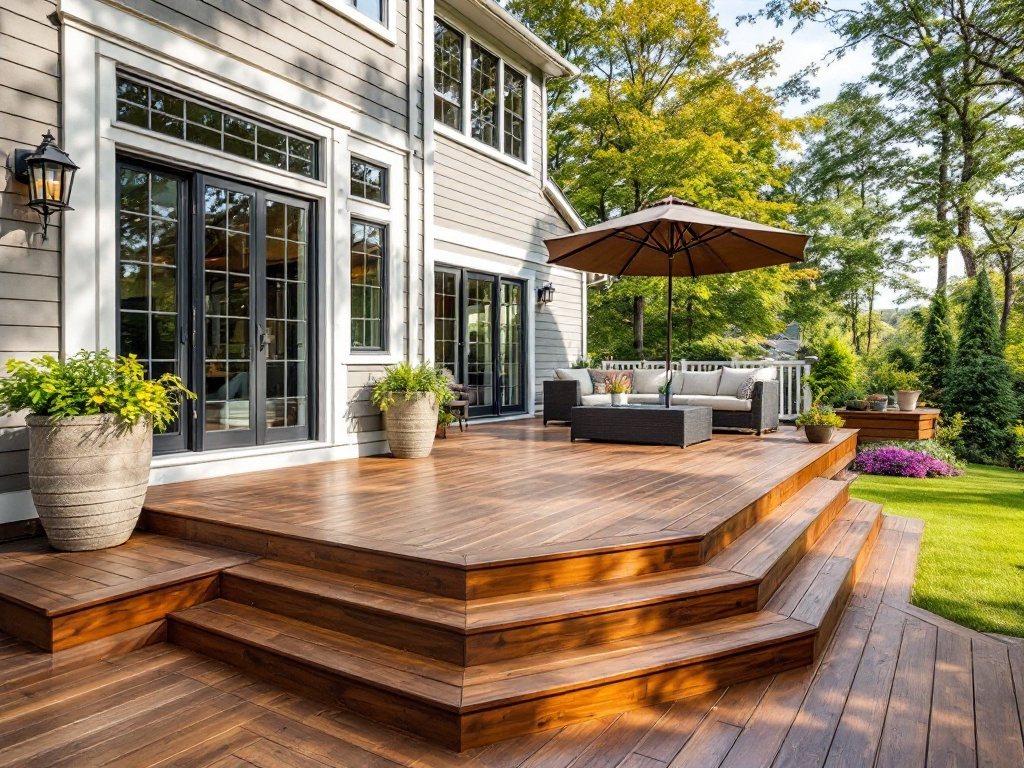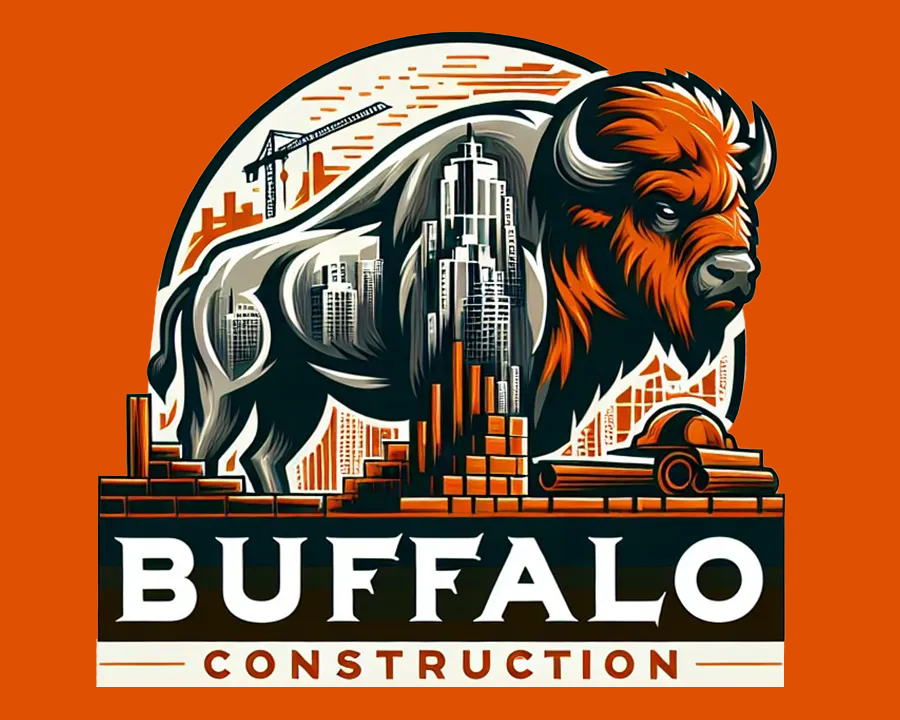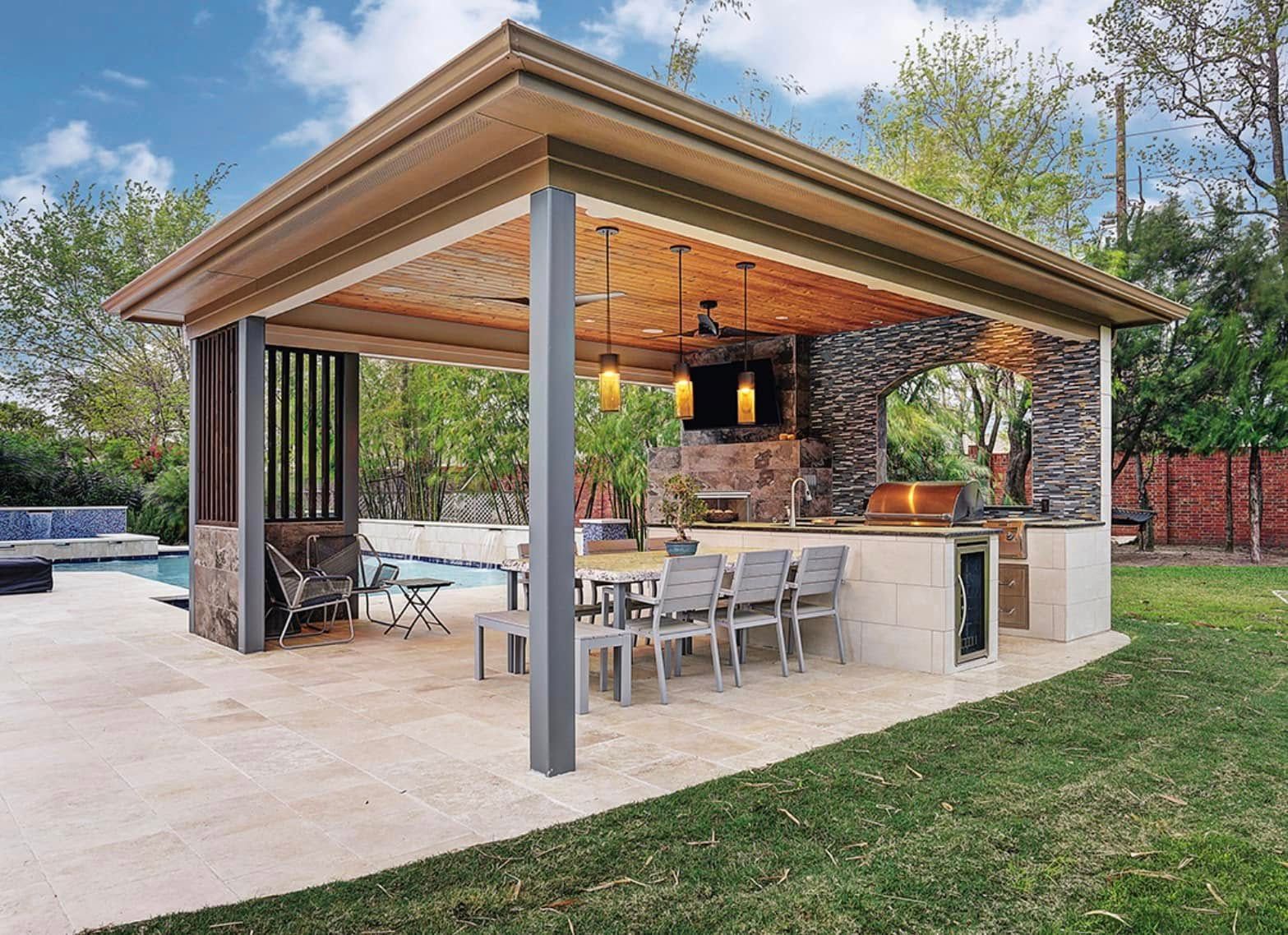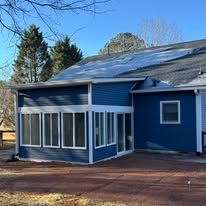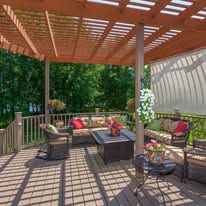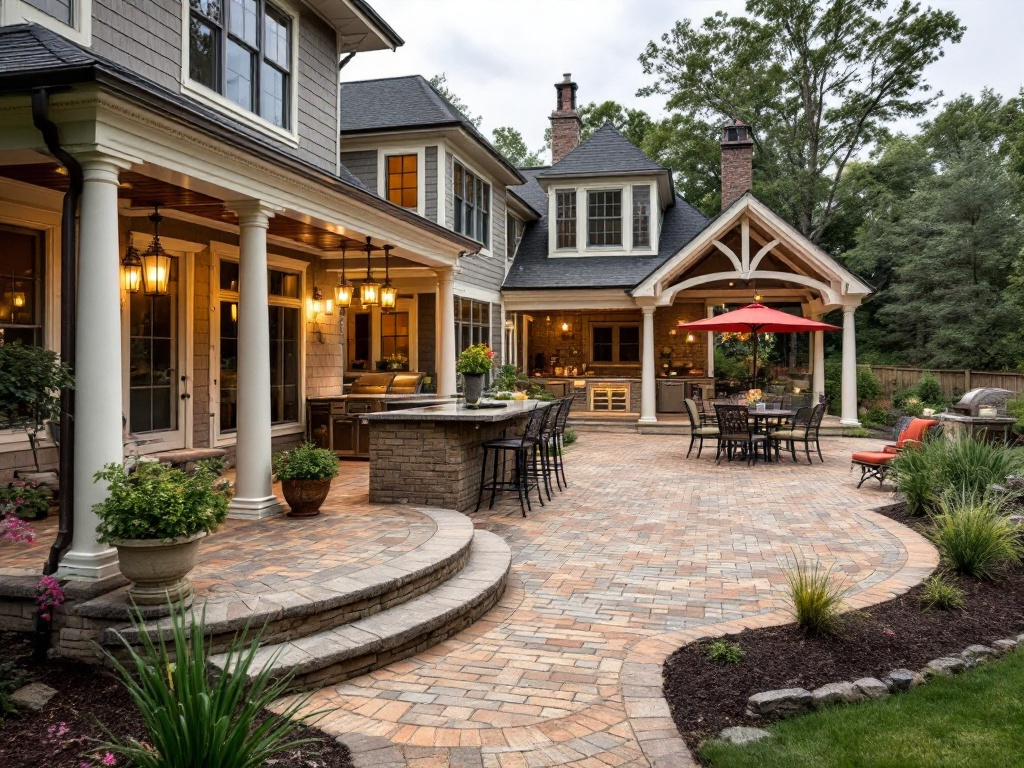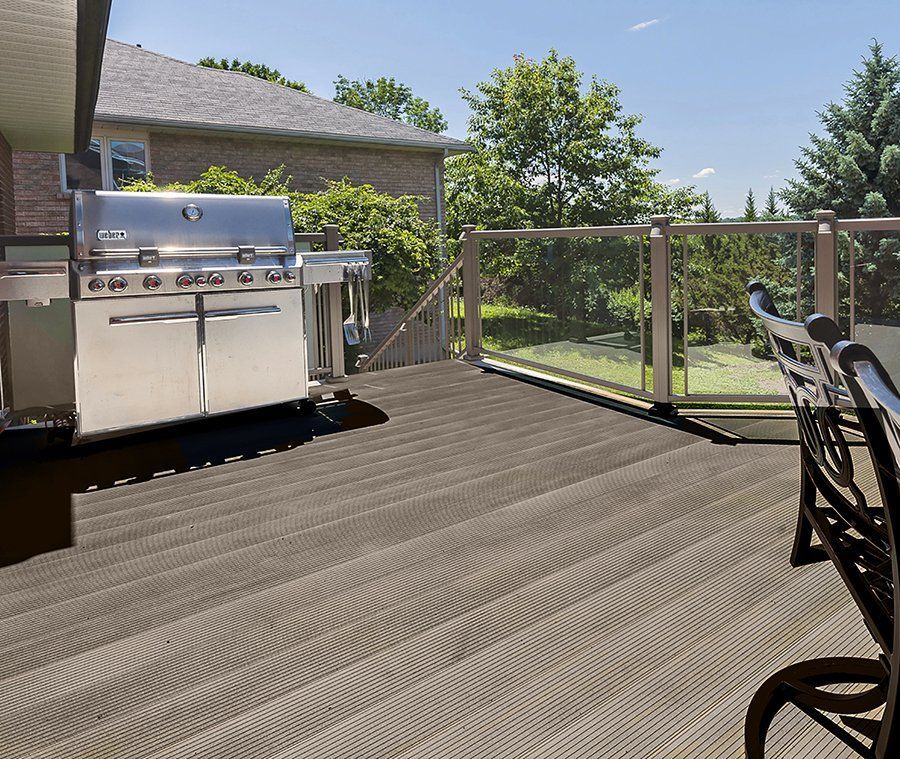Pole-Built Garages vs. Traditional Stick-Built Garages: Understanding Methods, Pros & Cons, and How to Choose
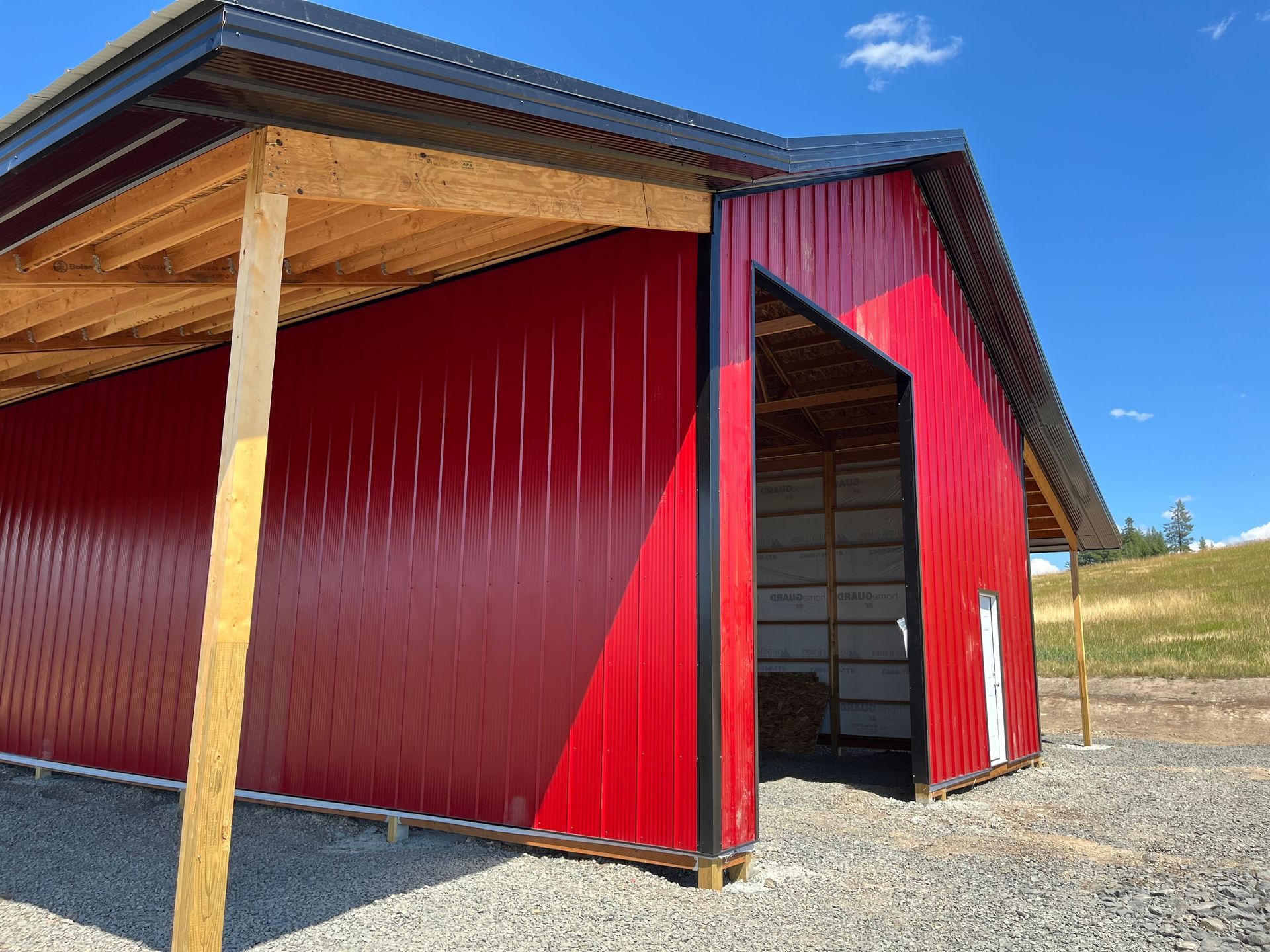
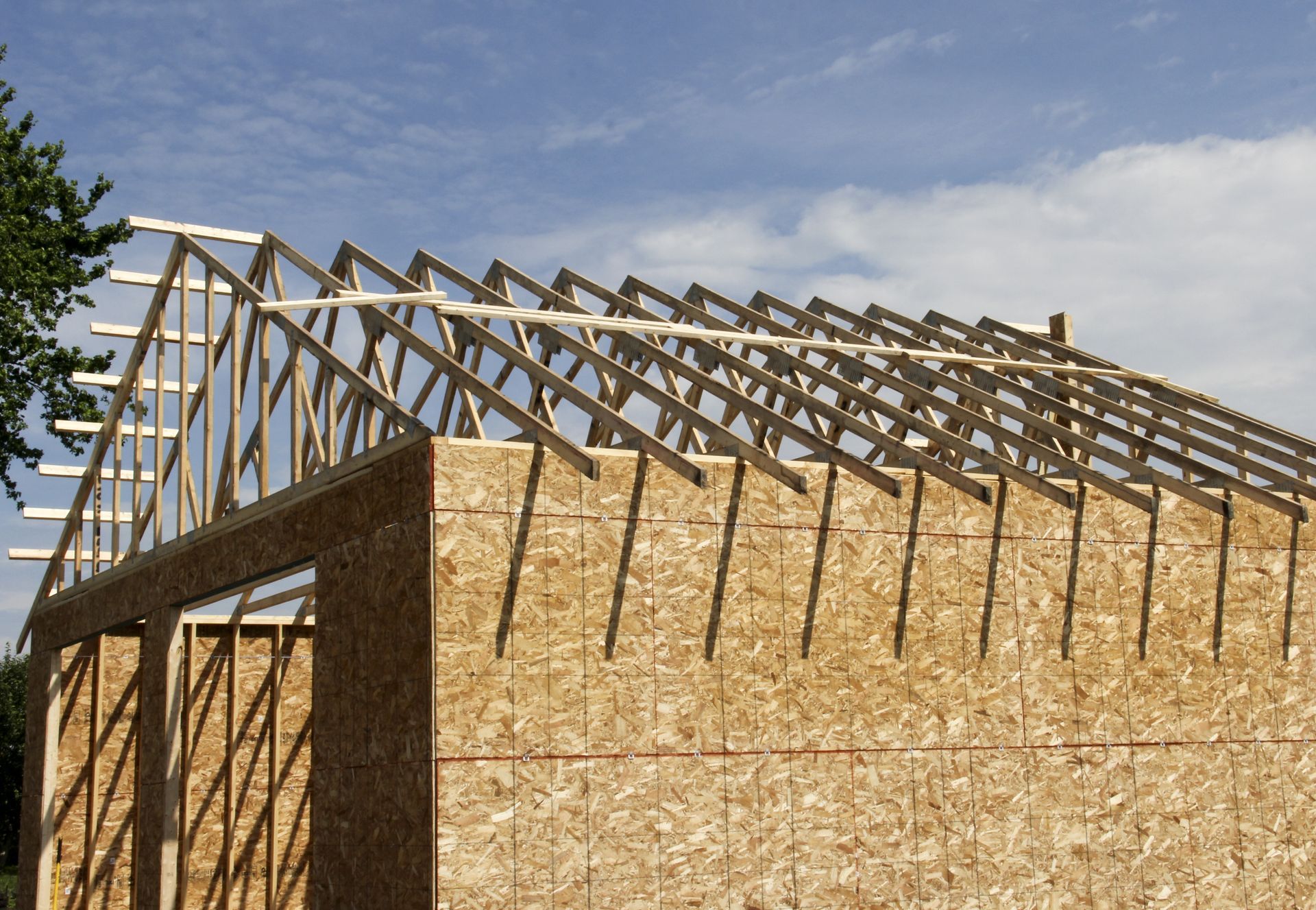
What Is a Pole-Built Garage?
Pole-built construction (often called “pole-barn” or “post-frame”) uses large vertical posts embedded in the ground or mounted on simple concrete piers. Horizontal girts and purlins connect the posts, and the roof and walls are attached directly to this framework.
Pros of Pole-Built:
- Lower Material & Labor Costs: Because there’s no need for a full concrete foundation or extensive wall framing, materials are minimized and crews can erect the frame quickly, saving on labor costs.
- Speed of Construction: Erecting poles and attaching roof and siding panels can be done in a matter of days, versus weeks for a stick-built structure.
- Large, Open Interiors: Posts can span wide bays (20–30 ft or more) with minimal interior supports, making it ideal for large workshop or storage spaces.
- Flexibility for Future Expansion: Adding bays or extending the length is relatively straightforward—just set new poles and tie into the existing structure.
Cons of Pole-Built:
- Less Insulation & Energy Efficiency: Insulating between posts and girts can be trickier than standard stud walls; thermal performance may lag unless you invest in insulated panels or spray foam.
- Aesthetics & Finishes: The exterior is typically metal siding and roofing, which may look more utilitarian. Adding brick veneer or fancier finishes adds cost and complexity.
- Building Code & Permits: Some jurisdictions treat post-frame differently; you may face height or setback restrictions and need engineered drawings.
- Foundation Limitations: Not suited for heavy loads (e.g., large brick fireplace, heavy equipment) without additional footings or slabs.
What Is a Stick-Built Garage?
Stick-built (stick-framed) construction uses dimensional lumber (2×4, 2×6, etc.) to build walls on a continuous concrete slab or perimeter foundation. Roof trusses or rafters sit atop the stud walls.
Pros of Stick-Built:
- Energy Efficiency & Comfort: Standard stud walls accommodate insulation batts or cavity spray foam easily, yielding better R-values and interior comfort.
- Architectural Flexibility: You can match existing house styles—vary wall thicknesses, add sheathing layers, customized windows, trim, and siding materials.
- Resale Value & Curb Appeal: A stick-built garage integrates seamlessly with the home’s exterior, often perceived as higher-end by buyers.
- Structural Load Capacity: A full foundation and stud walls support heavier interior finishes, shelving, or equipment without additional engineering.
Cons of Stick-Built:
- Higher Cost & Longer Build Time: Pouring footings, building walls, and detailed trim work take more material, labor, and time—often weeks longer than a pole-barn.
- Interior Supports May Be Needed: For clear-span widths over 24 ft, you’ll need interior beams or posts, which can interrupt workshop layouts.
- Less Flexibility for Future Expansion: Extending a stud-wall garage means tying into walls and foundation, which can be more disruptive and costly.
- Moisture & Rot Concerns: Wood-framed walls in direct contact with slab edges require proper moisture barriers and flashing to prevent rot over time.
Side-by-Side Comparison
| Feature | Pole-Built | Stick-Built |
|---|---|---|
| Foundation: | Simple piers or minimal slab | Continuous slab or perimeter |
| Build Speed: | Very fast (days) | Moderate to slow (weeks) |
| Cost: | Lower upfront | Higher upfront |
| Interior Span: | Wide clear spans | Limited clear span; posts/beams |
| Insulation Ease: | Challenging | Straightforward |
| Aesthetic Options: | Limited (metal exterior) | Highly customizable |
| Energy Efficiency: | Moderate to poor | Good to excellent |
| Expandability: | Easy | Moderate |
| Load Capacity: | Moderate | High |
Factors to Guide Your Choice
Budget & Timeline
- Tight budget or need garage up quickly → Pole-Built
- Flexible budget and time to finish → Stick-Built
Intended Use
- Equipment storage, agricultural use, open workshop → Pole-Built
- Comfortable, climate-controlled workspace or showroom → Stick-Built
Climate & Insulation Needs
- Mild climates or non-conditioned use → Pole-Built
- Cold/hot climates where you’ll heat or cool the space → Stick-Built
Aesthetic & Resale
- If matching house style and maximizing property value → Stick-Built
- If purely functional and cost-sensitive → Pole-Built
Site Conditions
- Poor soil requiring minimal digging → Pole-Built
- Site suited for full foundation → Stick-Built
Making the Decision
If speed and cost are your top priorities, and you don’t need a showroom finish or heavy insulation, a pole-built garage is hard to beat
If you want a high-end look, better energy performance, and integration with your home, stick-built framing is the way to go.
Before you commit, get detailed quotes for both methods—including foundation options, insulation upgrades, and finishing touches—and check local building codes and permit requirements. That side-by-side pricing and spec sheet will let you weigh the true total cost versus long-term benefits for your specific project.
